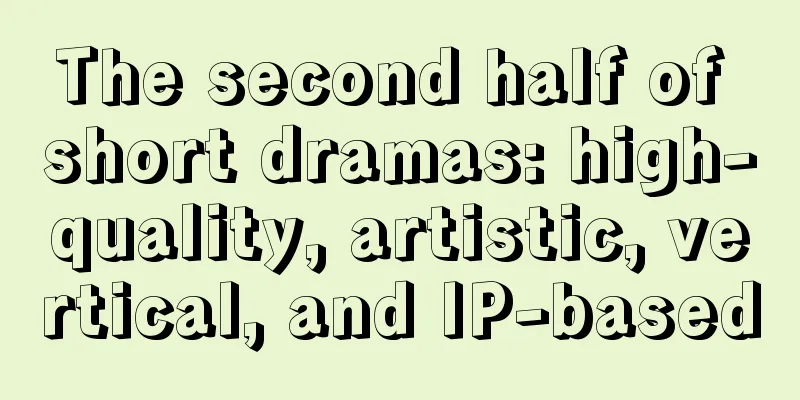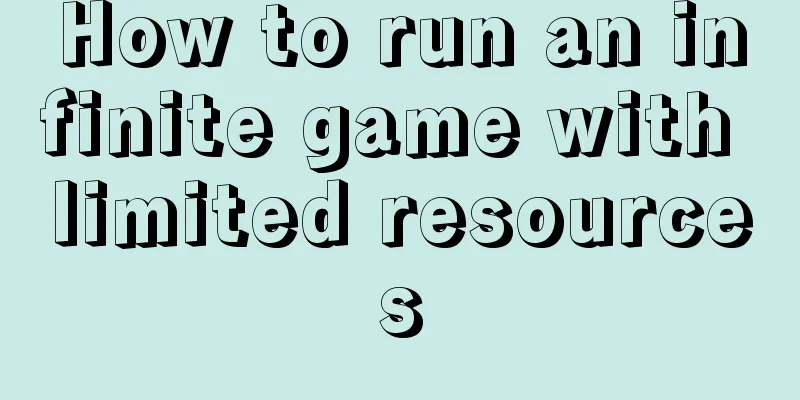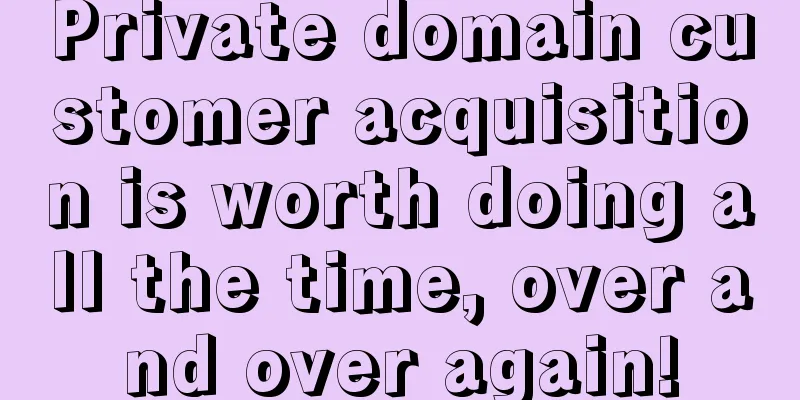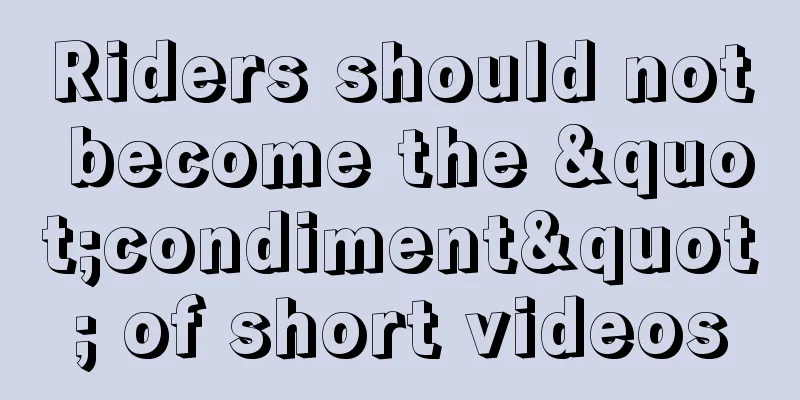Everything is a matter of growth. Based on the real situations of many companies, we have extracted several principles.
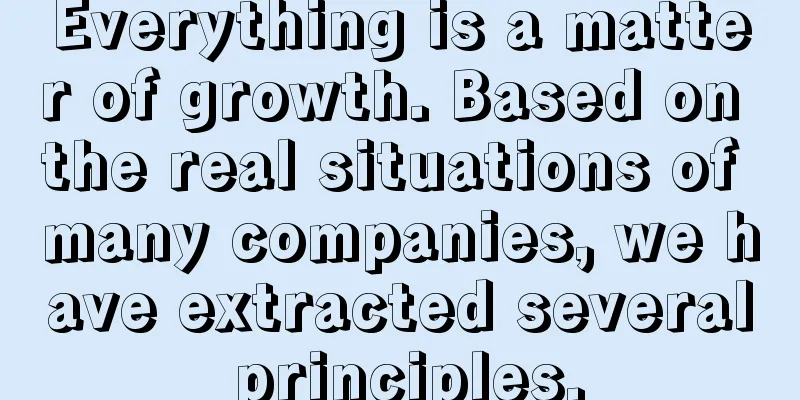
Basically, no customer can describe the problem they encounter in detail. This is normal, because identifying the problem is a professional skill. Just like patients can usually only describe the phenomenon and feelings, doctors can give a diagnosis and treatment plan. Customers will say that they don’t know how to do this business or product well. From my perspective, everything is a growth issue. I want to share with you how I think and what my framework is. From the perspective of the several clients I serve so far, the results are quite good. The framework is: goals, paths, organization, and execution. 1. Good target, don’t just shoot hardDon't underestimate this matter. Among the clients I serve, 80% have problems with goal setting and consensus. For example, if the target is set randomly, last year it was 10 million, this year it is 20 million. The team is hard to accept, thinking that it is natural that it cannot be achieved, and there are also negative emotions. For example, the goal should be a tool to bring everyone together, but subordinates cannot clearly explain the goals of their superiors, and collaborators at the same level do not know what others are doing. Even worse, the goals set are simply wrong. They only look at new customers and not repeat purchases, or only look at the size of the community and not the number of effective users. Such goals are completely off-base and easy to achieve, but harmful to the business. How to set a good goal? Here are a few principles: 1. Goals can be direct or indirect. Both are fine, but they must be reasonable.Direct means that you can reach out and see feedback after taking action. You can see a hole after punching. For example, channel expansion, new SKUs, and repeat purchases. Indirect refers to comprehensive indicators, such as DAU and GMV. As long as the business volume is not small, generally no one dares to say that they can improve these two indicators. This is what cannot be directly reached. Both indicators are necessary. Indirect indicators are used to provide direction, or the boss can carry it himself. Direct indicators are used to measure and guide the team's work results and are used on a daily basis. One is far and the other is near, both are necessary and cannot be confused with each other. 2. Goal setting requires a discussion process to ensure that the team understands and accepts itThe goals of many companies are communicated roughly from top to bottom, just like throwing them in the faces of employees. Not only is it difficult to understand, but it is also very offensive. The best situation is to gather relevant people to participate in the discussion and work out the goals and paths together. In the worst case, you always have to hold a meeting to explain. Even if the boss outputs unilaterally, there must be a logic and thinking process. In fact, the boss's perspective can crush most employees. As long as you are willing to talk to everyone, employees will basically accept it. There are very few people who can express different opinions with reason and evidence. 3. Don’t use goals to reward or punish creative peopleIf it is not a sales or piece-rate work, you cannot just "judge heroes by success or failure". Because there are many complex factors in the execution process, which are uncontrollable, it will lead to easy wins or easy losses. Some employees may not do anything valuable, but they achieve the goal because of the division of labor or the advantages of external factors, so they should not be rewarded. Employees who are in the opposite situation should not be punished. This requires the boss to have business judgment and be able to understand the situation. 2. A good path is not afraid of difficulties but only seeks the right pathThe path is a tactic and a strategy. It is the method to achieve the goal from the current situation, so it is very important. How to choose a good path, and share a few principles: 1. Exhaust all possibilities first, without considering other factorsI want to lose weight, how many ways are there? Aerobic exercise, sugar control, regular work and rest, etc., all the ways to achieve the goal should be listed. In this process, you should be able to focus on it, and don't think "I may not have time to exercise" or "I have too many social activities and it is difficult to control my diet", these are all problems that stand in the way. At this time, don't ignore a certain path just because you feel there is a problem. Because all problems can be solved. Especially after listing the paths, you will focus more on a few issues and make it clear: If I want to achieve this goal, I must first solve these three problems. Focus on these problems, rack your brains, mobilize resources to solve them, and maybe you will really have a chance. Therefore, we must exhaust all possibilities at this step. 2. First principles, to solve the right problemsThere was a boss who had not made any progress in a certain business segment, which had affected the overall business. I found the person in charge of this business and discussed with him the problem. The problem was found. The person in charge always felt that it was difficult to take care of the existing business because of the lack of manpower. He always picked up sesame seeds and lost watermelons. He could not devote himself to the matter that the boss was concerned about. The person in charge defined this as how to take care of both watermelons and sesame seeds with the existing manpower. This perception is wrong. According to the first principles, if you want to achieve a balance, then what needs to be done, what conditions are required, and even what support is needed from the boss. If manpower is the bottleneck, you need to solve it. Don't worry about the previous HC allocation or any other agreements. Tell the boss about the thinking process of this matter. His perspective is completely different from that of the person in charge. The boss can borrow from other departments, send out a temporary HC, or use an outsourced team to take over first. In short, there are many solutions, but this is something the person in charge cannot make the final decision on and may not even think of. 3. Choose the best path, not the most ideal pathWhat if you can’t figure it out no matter what? Some paths just don’t work. It’s okay, this is normal. We pursue exhaustion, just don’t want to miss anything, not to list to-dos and try to complete them. Some paths just don’t work, so we have to make other choices. When making this choice, we must consider the cost-effectiveness and the possibilities. So we should choose the optimal path, not the most ideal path. The ideal path is the most logically correct, but it may be costly, time-consuming, and cost-effective. The optimal path is the result of weighing all factors. 3. Good organization, collaboration and less fightingHow to do things is only one aspect. The other aspect is how to build a team and how to design the organization. This is another big topic, let me talk about a few principles: 1. Be tolerant and pay attention to the diversity of talent typesBosses tend to hire obedient people or people who can talk to them. There can't be too many of these people, because they are likely to be the same type of people as you. For example, they have similar knowledge systems, world views, ways of expression, etc. They will also have similar strengths and weaknesses. In other words, what you are good at, he is also good at; what you are not good at, he can't give you any supplement. The richness of talent types is reflected in different strengths and specialties, as well as different areas of expertise. The founder is a technical person, who is very systematic and logical, very calm and rational, but also very boring. At this time, you need completely opposite types of talents, who are good at sales business, capable of inspiring and leading the team, connecting external resources, etc. There are conflicts and disputes within the team, as long as they stay at the business level, it is a good thing. For Qianlong, the coexistence of Heshen and Ji Xiaolan is more important. 2. Design collaboration to reduce the impact of the butt on the headThe butt determines the head, this is human nature. But in serious cases, a silo effect is formed within the company, everyone is independent, closed to each other, and there is no connection. But for a company, collaboration between organizations and employees is one of the core demands. It is also unrealistic to completely break the organizational division of labor. Therefore, the boss must design a collaborative process based on the existing division of labor. For example, the marketing team responsible for acquiring customers and the product team responsible for retention and conversion are in a mutually restrictive relationship. The latter criticizes the former, saying that the quality of the users attracted is too low, which has dragged down the retention of the product. The former criticizes the latter, saying that the product they made cannot retain customers, so isn’t the marketing doing useless work? ! This problem can only be solved by the boss, who should design a collaborative process. Let the marketing and product teams draw manpower to form a horizontal virtual team, also called FT. It is required to clarify who the general manager is and who is participating. The most important thing is that the general manager should have the right to rate the performance of the participants. Both parties should have common and subdivided goals, and there should be communication mechanisms such as weekly reports and weekly meetings. Once these collaboration methods are established, the previous verbal abuse will be greatly alleviated. For bosses, designing multiple collaboration modes essentially solves the problems of rigid division of labor among various departments and the existence of no-man's land. It also reduces their own management pressure and communication costs. 4. Execution, focus on details to find problemsThere used to be a saying that the core responsibilities of a boss are to set strategies, find people, and find money. This is true, but it does not mean that the boss does not pay attention to details. If the boss does not pay attention to details, he is not down-to-earth and does not understand business opportunities and problems. How can he make decisions? There are several principles for bosses to pay attention to details: 1. You have to understandIf you don't understand and still monitor, you are just giving blind orders; if you understand and monitor, you can ensure that things develop in the direction you expect and can also deter the team. The boss doesn't have to worry about being too detailed and employees will resist. You have to know that employees are confused and want to improve themselves, so they hope that the boss can help and guide them. The problem is that if you don't understand, it will only cause trouble for the employees. Of course, the boss doesn’t know everything, he only knows one aspect. It doesn’t matter, you can learn. For example, if you are a boss who has been working on product development for many years, you can visit customers with your sales colleagues more often, do offline research, throw yourself into the market and among customers, and be trampled on, and then you will learn. 2. Watch more and talk lessLet the boss focus on the details instead of nagging about them. The team may not be unaware of the problems you are focusing on, and often the solutions are systematic and long-term, requiring the association of multiple factors. The team is in the process of solving the problem, and the boss's "guidance" at this time will disrupt the systematic solution and cause the action to be distorted. That is to say, although the phenomenon mentioned by the boss has disappeared, the problem has not been solved in essence, and may even become more serious. Behind this principle, first of all, we should trust the team and give them time and space; secondly, we should have awe for system problems and not solve specific problems at will. That’s all. These are the principles I’ve extracted from serving many corporate clients and solving their growth problems. Author: Han Xu Source: WeChat official account: "Operation Dog Work Diary (ID: yunyingriji)" |
>>: The troubles encountered in e-commerce and how to deal with them
Recommend
E-commerce image and product testing: What to do if the link has bad data?
What is e-commerce image and product testing? What...
What is the best image size for Amazon? How to set it?
On the Amazon platform, the quality of product ima...
An analysis of how Xiaohongshu’s 618 promotion works: what’s different this year?
618 is about to start, and all platforms are prepa...
Which platform is better for novice cross-border e-commerce merchants to enter? Can one person do cross-border e-commerce?
For newcomers, choosing a suitable cross-border e-...
In 2023, the logic of traffic growth should change
If the average price of a cup of coffee on the mar...
Paying for knowledge is compound interest, but it should not be huge profits!
Knowledge payment has been very popular in recent ...
How to ship goods when doing cross-border e-commerce at home? How to send express delivery?
When doing cross-border e-commerce, after receivin...
In the Year of Fire, how should luxury goods carry out marketing?
This article deeply analyzes the generational chan...
Products, the soul of the brand
In this article, the author describes the importan...
This is how annual targets should be set, not by guesswork.
As the year-end bell approaches, many companies ha...
How long will Amazon's Black Friday promotion last in 2023? When will the Black Friday promotion start?
Amazon 's Black Friday promotion is similar to...
108 Marketing Models That Strategists Must Know in 2023 (Version 11.0)
This article summarizes 108 classic business manag...
Are skits going crazy? The old Mary Sue is becoming popular
This article introduces the emerging trend of shor...
How do cross-border e-commerce companies view the selling prices of their peers? How do they view the store data of their peers?
In the cross-border e-commerce industry, competiti...
How to break down business indicators? Take membership as an example
After getting a business, how do you break down th...


